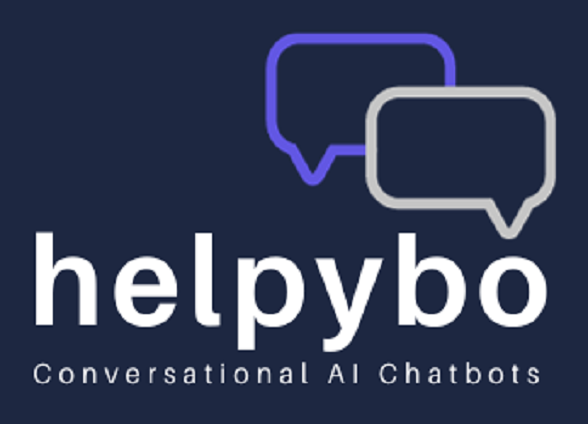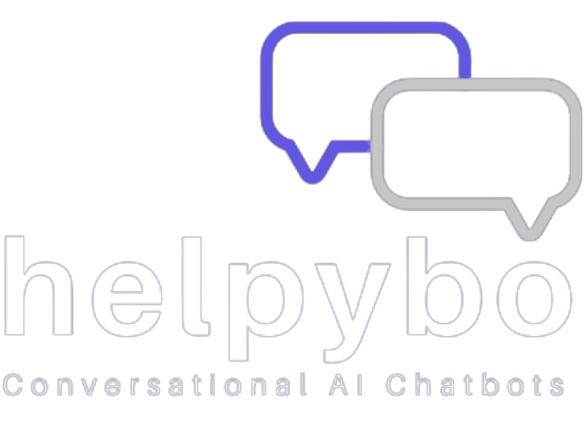How AI Chatbot Features Revolutionize User Engagement on Websites

User engagement now determines the success of any website in the fast-paced digital environment of today. Engaged visitors are more likely to become loyal consumers, therefore enhancing company results including brand loyalty and revenue. AI chatbot features have been a game-changer in changing user interactions and providing flawless and real-time engagement as online experiences evolve constantly. We will discuss in this blog the chatbot features transforming user involvement on websites as well as their improvement of website performance and user happiness. Gartner report on the growth of AI chatbot adoption.
The Importance of AI Chatbot Features Revolutionize
User involvement distinguishes a good from an average website rather often. Effective websites not only keep their visitors longer but also inspire return visits and conversions. One of the most powerful user engagement tools available for enhancing interactions on websites is an AI chatbot builder. Using AI-powered recommendations and real-time engagement, websites can now offer quick help, customized experiences, and proactive conversations—all of which improve customer satisfaction.
Beyond just responding to questions, chatbot features include context-aware replies, proactive involvement, and help, hence generating deeper connections. This makes current online tactics dependent on chatbots for websites absolutely indispensable.
Must-Have AI Chatbot Features Revolutionize
AI chatbots must provide a set of must-have capabilities that satisfy user expectations and fit corporate objectives if we are to really optimize user engagement. The following are the main elements improving AI chatbots for websites.
a) Multilingual Support
Websites in the international market of today satisfy different audiences from all over. By involving consumers in their chosen language, multilingual assistance in AI chatbots helps companies to reach a larger audience. This chatbot tool guarantees that linguistic obstacles never cause any consumer to fall behind. Whether your audience speaks English, Spanish, Mandarin, or any other language, an AI chatbot with multilingual skills may help to ease conversations, hence improving engagement and increasing the market reach.
b) CRM and Tool Integration
One of the most important aspects is adding artificial intelligence chatbots into current CRM systems and other corporate tools. Linking a chatbot for a website to your client data will enable chatbots to offer individualized experiences depending on consumer background, preferences, and past interactions. Whether it’s syncing with email systems, live chat platforms, or e-commerce solutions, CRM connectivity guarantees that the chatbot can give custom replies, improved assistance, and insightful analysis for the company.
c) Personalization through AI
The capacity of AI chatbot builders for websites to provide AI-driven personalization is one of its strongest points. Analyzing user behavior, preferences, and prior interactions helps chatbots create materials, product recommendations, or services especially pertinent to every user. This customized approach not only improves the user experience but also makes the users feel appreciated, thereby boosting their possibility of interacting with the site more often.
d) Proactive Engagement Triggers
AI chatbots may be taught to start proactive interaction instead of waiting for consumers to start a discussion. When a user visits a particular region of the website or spends a specified period of time on a page, the chatbot can, for example, automatically display help or relevant information. Together with real-time interaction, these proactive engagement triggers keep guests interested, increase their stay on site, and prevent them from leaving without completing desired activities like purchase or subscription.

Impact of Chatbot Features on User Behavior
AI chatbots produce quantifiable changes in user behavior, therefore directly contributing to the success of a website; they are not only pleasant-to-have. Let’s examine how these characteristics affect user experience and interaction generally.
a) Enhanced User Satisfaction Through Instant Responses
One of the most significant advantages of chatbot capabilities is the ability to real time interaction. AI-powered chatbots interact with consumers in real-time, unlike conventional customer service systems whereby customers could wait hours or even days for a response. This lessens annoyance, increases user happiness, and builds brand confidence. Users who receive quick responses or assistance are more likely to remain involved and probe more broadly.

b) Increased Time on Site and Reduced Bounce Rates
AI chatbots also inspire consumers to visit a website more often. Chatbots interact with consumers longer than standard static sites by providing real-time data, AI-powered recommendations, and simple navigation. This improves user experience as well as helping to lower bounce rates, a crucial statistic for customer engagement strategies and SEO. Engaging with the information, goods, or services, chatbot visitors often stay on the website longer.
c) Conversion Optimization Through Tailored Recommendations
Moreover, very important for conversion improvement are perfect chatbot design. Understanding user behavior and preferences helps one to suggest information, goods, or services catered to every visitor. These tailored chatbot tools improve user experience and, by providing appropriate and timely recommendations, help to optimize websites. Chatbots are great tools for driving conversions and sales whether they are pointing visitors to checkout, stressing a limited-time deal, or proposing a new product.
Examples of Websites Successfully Utilizing AI Chatbot Features
Many companies have already implemented chatbots and observed clear changes in engagement statistics. Let’s review a few instances:
E-commerce Platforms: AI chatbots are being used by many e-commerce sites to suggest items depending on customer preferences, browsing behavior, and purchase history. Increased cart sizes, more frequent visits, and improved conversion rates follow from AI-driven customization on these sites. Chatbots have been effectively employed on websites like H&M and Sephora to increase user involvement and drive purchases.
Travel Agencies: AI chatbot builder is used by travel companies like Booking.com and Expedia to assist consumers in selecting the best flights, hotels, and travel packages depending on their tastes. These chatbots offer a customized experience by combining CRM systems, thereby improving trip planning and enjoyment of the process and so increasing reservations.
These websites’ quantitative findings indicate that chatbot features improve client retention, engagement, and finally conversion rates.
Conclusion and Insights
Ultimately, for websites aiming for significant customer engagement, chatbots are no longer optional. From artificial intelligence-powered suggestions and proactive engagement to multilingual help and CRM integration, these features are transforming how companies communicate with their consumers online. Including these elements into a website can help companies provide their consumers a more customized, quick, and interesting experience.
Websites that adopt chatbot capabilities will be more suited to improve user engagement, increase conversions, and offer first-rate customer service as the digital terrain develops. To investigate chatbot possibilities for websites, think about personalizing these tools to fit your own company objectives and needs.
Allow Helpybo to enable the whole possibilities of conversational AI features and change your audience interaction. Visit helpybo.com to discover how creative AI chatbot building technologies could improve the engagement on your website.

